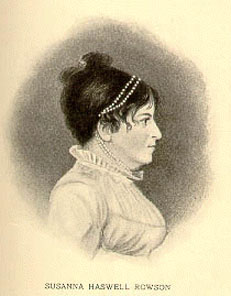Close Reading Guidelines
Arthur Mervyn Close Reading due September 24.
Through close reading and writing about literature, you can
develop strong analytic and argumentative skills. To do a close reading, go back to the text
(after you’ve finished reading the whole thing) and select a short passage (a
paragraph is usually perfect) that you found particularly interesting,
troubling, or important. The issues at
work in the short passage should tie in to and help illuminate some kind of
broader question, concern, or pattern in the text. Carefully reread and analyze the passage,
looking up any words you don’t know well. You can access the Oxford English
Dictionary on line through the Healey Library Website; I would recommend that
you do this in order to see whether words had different, now lost, meanings in
the nineteenth century. A good close
reading weaves together very close attention to the specific details and
language of the passage with the larger issues of the text.
Here are some things to consider (not all of these concerns
apply to every passage!):
·
Tone:
What is the tone of the passage? How is
that tone conveyed?
·
Point of
View: Whose point of view governs
the passage? What do you see—and what is
obscured—through the lens of this point of view? What point(s) of view are left
out or considered less important?
·
Language:
Pay attention to the individual words in the passage. What kinds of adjectives, verbs and adverbs
appear? How do they connect the passage
to the text as a whole? How does language
help build a sense of character, setting, theme? Think about the denotations (dictionary
definitions) and connotations (associations) for key words.
·
Setting: How do details describing the setting or
environment function in the passage?
What does the setting say about the text’s characters? its themes?
·
Characters:
What facets of different characters/relationships surface in your passage? Does your passage reveal anything surprising
or expected about the character?
·
Dialogue:
What does a character’s way of speaking reveal about that individual? What about the interactions between
characters?
Format: Retype the passage at the
top of your first page. Note the page
number. Quote ONLY from the passage you
choose, and THOROUGHLY ANALYZE your quotes.
Make sure that you are making a clear point, and make sure that this
point makes sense within the larger context of the book. Your analysis will be at least twice as long
as the passage. In it, you should attend
to the details of the text, and use your reading of the details to help you
make a larger contention about a larger idea at work in the text.





